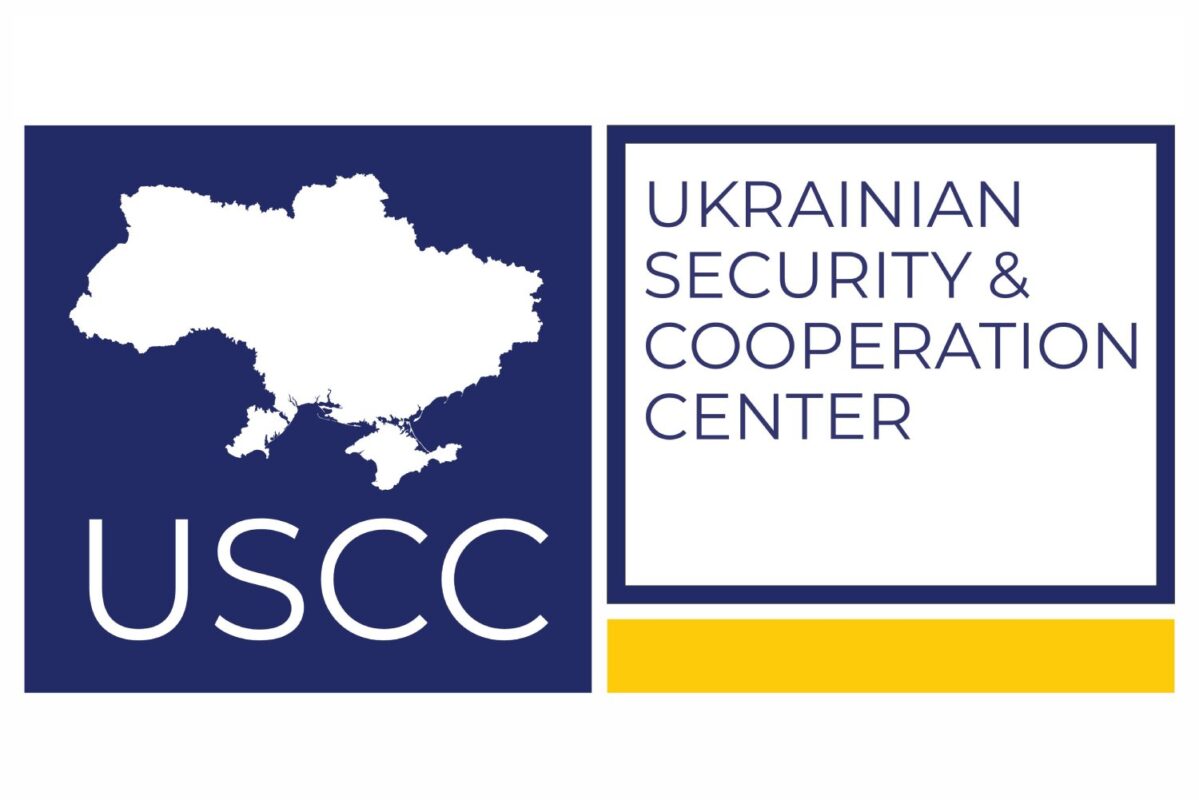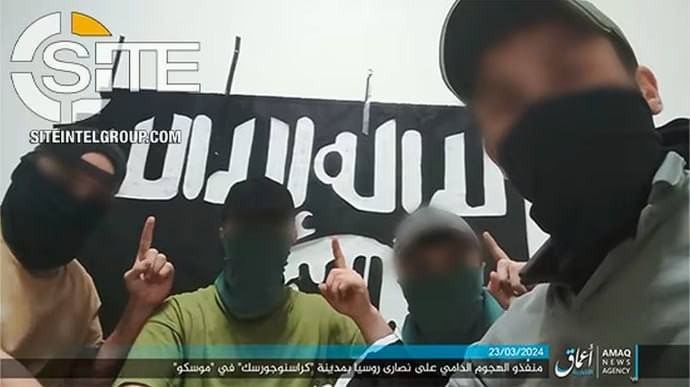At the end of 1999, an explosion occurred in a high-rise building in one of the residential districts of the Russian capital in Moscow, which gave Putin carte blanche to continue the war in Chechnya, because, according to the Kremlin, the blasting stretched the Chechen trail.
On March 22, 2024, a shooting, arson, and explosions occurred in a large concert hall, Crocus City Hall, in Krasnogorsk, Moscow Region. As of 5 p.m. on March 23, 133 people were reported dead. Once again, Russia is at war, but this time in Ukraine. And once again, the Kremlin is going to look for the culprits among those whom it went to kill.
But he tries to do it so clumsily, making such contradictory judgments about the terrorist attack that even without making much effort, one can see in these versions the familiar propaganda.
For example, it became known that the U.S. Embassy had information about the possibility of a terrorist attack and shared it with the Kremlin’s masters. But the terrorist attack did take place. In other words, Putin and his intelligence services either saw the good intentions of the Americans as an attempt to unreasonably intimidate Russians, or they simply did not respond to these signals because they may well have been the organizers of the crime against their own people. “All of this resembles outright blackmail and an intention to intimidate and destabilize our society,” Putin said in a speech to the FSB board on Tuesday, March 19, thus confirming the existing warnings.
Or take their attempts to link Ukraine to the terrorist attack. To do this, they even launched a fake news story on their television, where NSDC Secretary Oleksiy Danilov allegedly confirmed its participation in the attack.
Although the version that ISIS was involved in the shooting was already circulating at the time, there was information about the detention of a car with the criminals, in which passports of Tajik citizens were found, but the place where it happened – in Bryansk region, 150 kilometers from Sumy region – should again suggest Russians to implicate Ukrainians or, for that matter, Russian volunteers in the crime.
Putin’s own words show that Moscow will not simply dismiss this version. After a long silence, only in the afternoon of March 23, in his address to the Russians, he said that “a window had allegedly been prepared” for the suspects in the terrorist attack to cross the border with Ukraine. At the same time, Putin promised to identify all those who ordered the terrorist attack, who “will be justly punished.”
The story is strange, to say the least, because an hour earlier, the Russian media reported that the terrorists had been caught by Belarusian security forces. That is, they were caught on the Belarusian-Ukrainian border, not the Russian-Ukrainian border.
And there are dozens of such discrepancies, ranging from the number of terrorists to how they got to the Bryansk region without changing cars.
It is noteworthy that while the raid by Russian volunteers is being hushed up by the Russian-controlled media, the video from Crocus City Hall began to be actively disseminated by them almost immediately after the shooting and arson attack. Probably in the hope of generating empathy for the victims of the attack. And this is despite the fact that Russia itself kills tens of thousands of civilians in Ukraine every day.
So, all of this leads to the conclusion that this is yet another attempt by the Kremlin to mislead the international community and portray itself as a victim of either Ukraine or ISIS, or perhaps someone else. And here, it is important for all democratic countries that have different values from Russia not to buy into such things and to be consistent in their desire to tame the aggressor.

